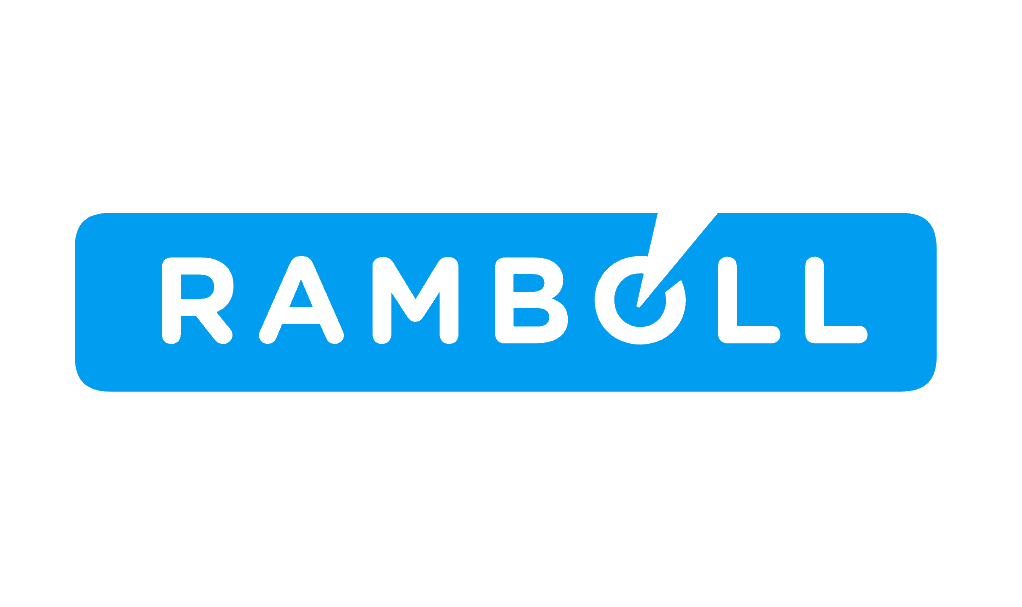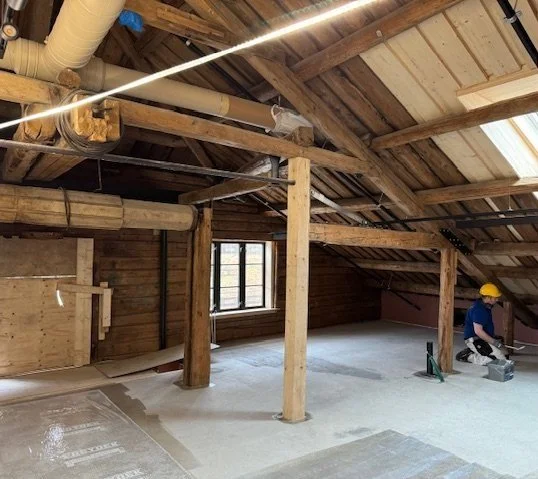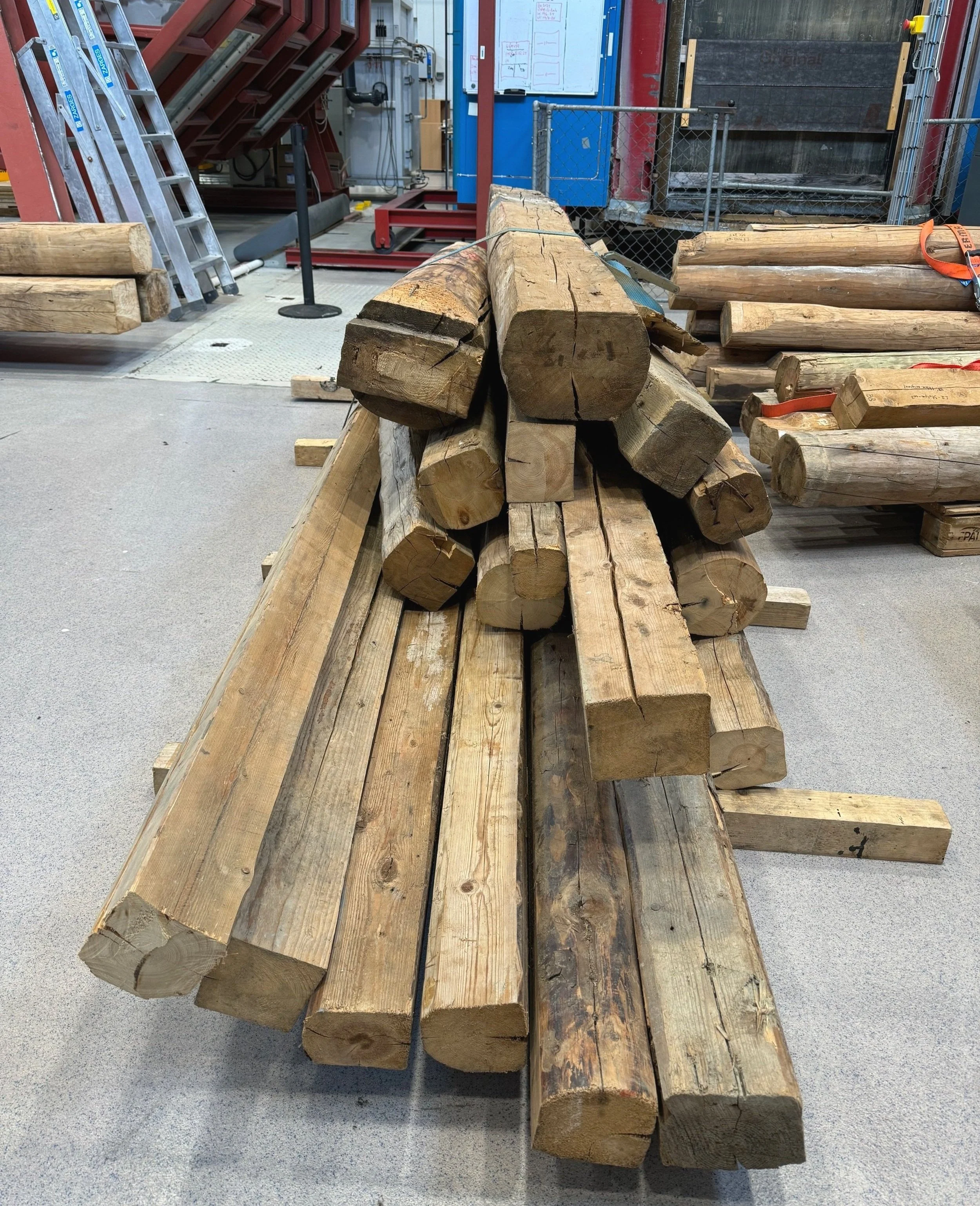Tirex
Reusing existing buildings or their components currently has the highest potential to reduce carbon emissions from the construction industry and limit its demand for new raw materials. The TiReX project aims to improve the sustainability of the building industry by enabling widespread reuse of load-bearing timber structures either in the original building with the same or changed configuration or in other buildings. Timber elements in buildings can have several purposes, e.g., load bearing, stabilising, fire spread prevention, thermal and sound insulation, and aesthetics. Properties related to these purposes can change over time due to varying conditions inside the building and in the surroundings. The air humidity fluctuations affect moisture content in wood, causing mechanical damage over many cycles, fungi development, or even rot and decay, and long-term loading can cause shrinkage in the timber structure, creep, loss of strength and crack development. The changing climate parameters add to the uncertainty of the service-life prediction and the durability and long-term performance of the structures. Before timber can be reused in load-bearing components, the corresponding structural and fire performance must be verified, as sustainability requirements cannot compromise safety. Currently, a practical method for the comprehensive performance assessment at the end of the service life of the timber product is yet to be developed.
The main objective of this project is to develop feasible procedures for assessing and documenting the reclaimed timber's condition that allows for its reuse per the current European design standards, enabling a circular economy transition within the timber construction industry. The project will expand the knowledge within the condition assessment of reclaimed timber using an optimal combination of several selected non-destructive testing techniques and automated timber customised data processing and visualisation. The project-generated test data will be shared via Open Research Europe-approved repositories with exhaustive metadata and open license to pave the way for advanced recertification procedures and standard development. As of this moment, there are no international or European standards that relate to the performance assessment and classification of reclaimed timber.
expected RESULTS
General goal of the project is to increase the circularity of the timber construction industry by preparing the tools for reliable quality assurance of safety requirements of reclaimed structural timber to divert it from energy recovery and recycling into reuse. The goal will be achieved by establishing a strategy for a non-destructive measurement/testing campaign.
In the project a robust framework will be developed for measurement-based condition assessment of salvaged wood with high reliability and feasibility, validated by standard, well-established non-destructive and destructive testing procedures. Further an open-source code will be created for processing of measurement data in the context of the wood material models for different purposes and species. To demonstrate the feasibility of the developed methodology, the project has a practical case study in Trondheim, Norway. Lastly, to predict the potential reusable timber flows and understand the environmental benefit of diverting the structural timber towards reuse, a life cycle assessment and material flow analysis will be performed. The resulting indicators and methodology will serve as tools for decision-making both for policy developers and construction industry professionals involved in the concept and design stage.
Project partners
-

SINTEF
Lead Partner
-

Technical University of Madrid
Research Partner
-

Warsaw University of Technology
Research Partner
-

Aalto University
Research Partner
-

ZAG
Project Partner
-

Vidzeme University of Applied Sciences
Research Partner
-

Rambøll Norge AS
Industrial Partner
-

Trondheim Kommune
Public Partner
Project funding
-

NCN
National Science Center Poland
-

MICIU AEI
Ministry of Science, State Research Agency Spain
-

Forskingsrådet
Research Council of Norway
-

MMM
Ministry of Argriculture and Forestry, Finland
-

MVZI
Ministry of Higher Education, Science and Innovation Slovenia
-

MAF
Forest Development Fund Latvia



